Introduction
Choosing the best baby diaper is one of the most important — and sometimes overwhelming — decisions for new parents. Diapers are not just about absorbing moisture; they play a vital role in your baby’s comfort, sleep, skin health, and overall happiness. With countless brands and styles available in the USA, from disposable to cloth, eco-friendly to ultra-absorbent, finding the right fit can feel like navigating a maze.
Parents often rely on trial and error, which can lead to wasted money and an Best Baby Diaper uncomfortable baby. But it doesn’t have to be that way. Whether you’re a first-time parent or shopping for your third child, this guide will walk you through everything you need to know about choosing the best baby diaper for your little one — so you can spend less time worrying and more time enjoying those precious moments.
In this article, we’ll explore why diaper choice matters, the different types available in the U.S. market, top recommended brands in 2025, buying tips, and common mistakes to avoid. Let’s dive in! Best Baby Diaper
Table of Contents
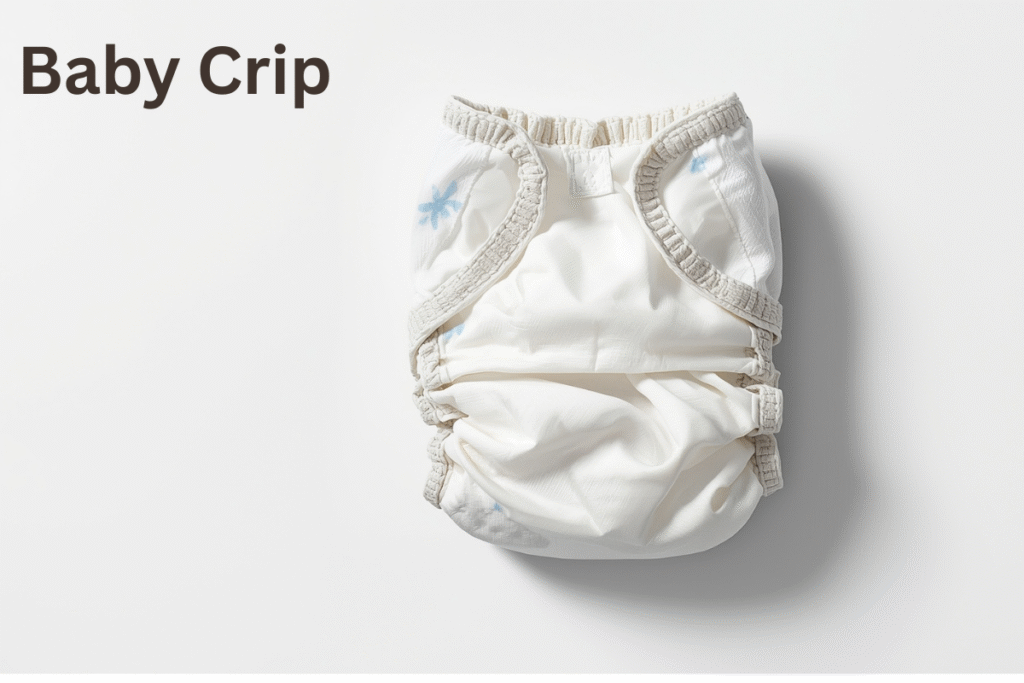
Why Choosing the Right Diaper Matters
Babies wear diapers almost 24/7 during their first two to three years of life. That means the wrong diaper can lead to discomfort, rashes, skin infections, leakage, and sleepless nights — for both baby and parent.
Here are a few key reasons why choosing the right diaper is so important:
- Skin Protection: A poor-quality diaper can trap moisture, causing diaper rash or even more severe skin conditions. The best diapers are made with breathable, hypoallergenic materials that protect delicate skin.
- Leak Protection: Frequent leaks can lead to ruined clothes, disturbed sleep, and increased laundry. A high-quality diaper offers excellent absorbency and leak guards to ensure both baby and parent stay dry.
- Mobility and Comfort: Babies are active — they crawl, roll, and walk. A good diaper fits snugly without being too tight, allowing freedom of movement without sagging or bunching.
- Cost-Effectiveness: While cheaper diapers may seem appealing at first, you may end up using more per day due to leaks and discomfort. The right diaper saves money in the long run by being more efficient and reliable.
- Environmental Impact: Many parents now consider eco-friendly options that reduce waste without compromising quality. The right diaper can align with your family’s values Best Baby Diaper and lifestyle.
Ultimately, the “best” diaper varies based on your baby’s skin sensitivity, size, Best Baby Diaper activity level, and your personal preferences. That’s why a well-informed decision — based on real insights — is so crucial.
Top 10 Best Baby Diapers in the USA [2025]
With so many diaper brands available, it’s easy to feel overwhelmed by the choices. That’s why we’ve done the research for you and compiled a list of the top 10 best baby diapers in the USA for 2025, based on real parent reviews, performance, comfort, absorbency, and value.
Each diaper listed below includes a quick summary Best Baby Diaper of pros, cons, and what makes it stand out.
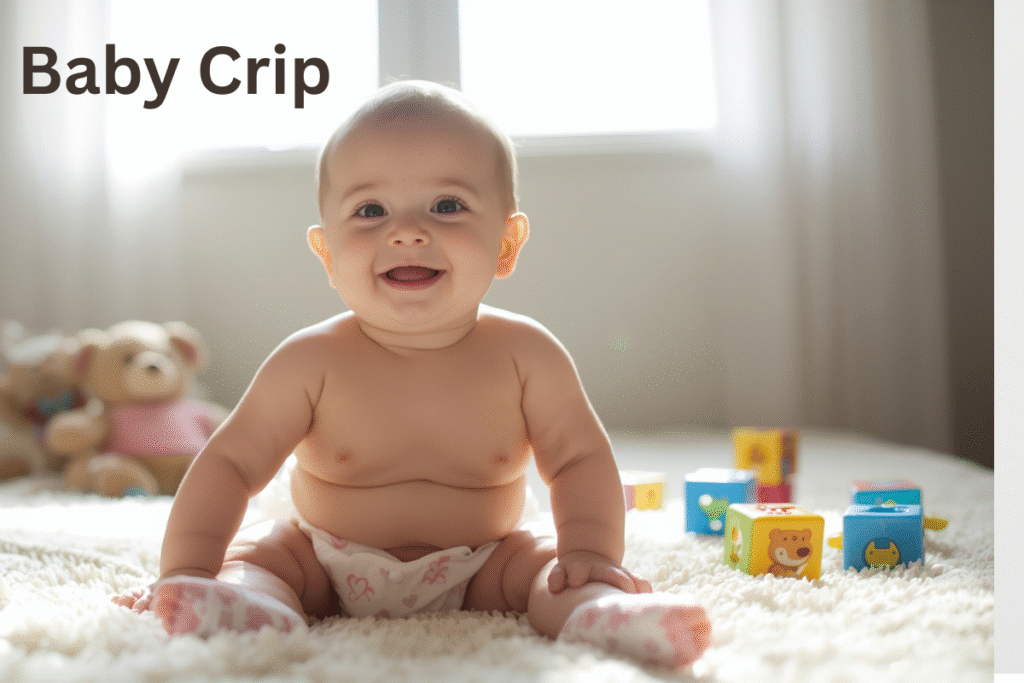
1. Pampers Swaddlers
Why It’s Great:
Pampers Swaddlers remain a favorite among hospitals and parents alike due to their soft feel and excellent leak protection.
- Pros: Soft material, excellent absorbency, wetness indicator, flexible fit
- Cons: Pricier than some competitors
- Best For: Newborns and infants with sensitive skin
- Price Range: $200
2. Huggies Little Snugglers
Why It’s Great:
Designed with a pocketed waistband to prevent blowouts, Huggies Little Snugglers offer superior protection and comfort.
- Pros: Gentle liner, snug fit, breathable outer cover Best Baby Diaper
- Cons: Slightly bulky for active babies
- Best For: Newborns and younger infants Best Baby Diaper
- Price Range: $200
3. The Honest Company Clean Conscious Diapers
Why It’s Great:
Eco-conscious parents love these diapers for being plant-based and sustainable, while still delivering reliable performance.
- Pros: Eco-friendly, hypoallergenic, stylish designs
- Cons: More expensive, may not hold up overnight for heavy wetters
- Best For: Environmentally-conscious families
- Price Range: $$$
4. Luvs Ultra Leakguards
Why It’s Great:
A budget-friendly option that doesn’t sacrifice performance. Luvs are known for their leak protection and flexible fit.
- Pros: Affordable, leak protection, stretchy sides Best Baby Diaper
- Cons: No wetness indicator, slightly rougher texture Best Baby Diaper
- Best For: Parents on a budget Best Baby Diaper
- Price Range: $
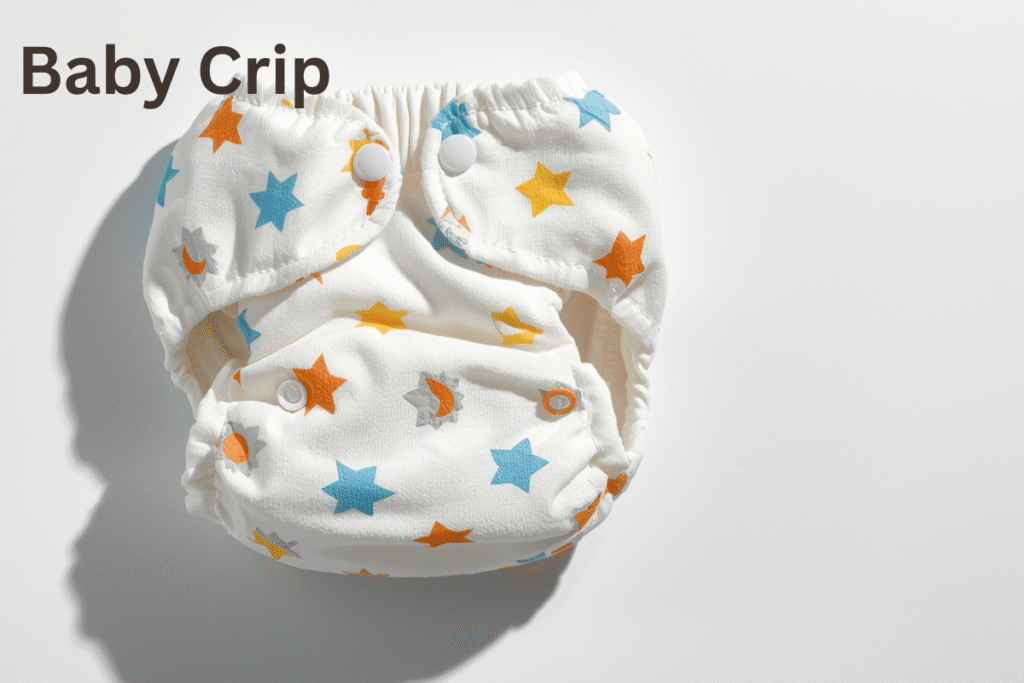
5. Hello Bello Diapers
Why It’s Great:
Founded by celebrity parents Kristen Bell and Dax Shepard, Hello Bello offers premium quality at an affordable price.
- Pros: Plant-based core liner, adorable prints, soft feel. Best Baby Diaper
- Cons: Some parents report fit issues on larger babies
- Best For: Eco-conscious parents looking for value
- Price Range: $$
6. Bambo Nature Premium Diapers
Why It’s Great:
These Danish-made diapers are one of the most eco-friendly choices available and are dermatologically tested for sensitive skin.
- Pros: Very soft, biodegradable, excellent for sensitive skin
- Cons: Expensive, limited availability in some stores
- Best For: Babies with eczema or allergies
- Price Range: $200
7. Mama Bear Gentle Touch Diapers (Amazon Brand)
Why It’s Great:
An affordable yet reliable option, Mama Bear diapers from Amazon offer decent quality at a great price point.
- Pros: Hypoallergenic, budget-friendly, available on subscription
- Cons: Average absorbency, no premium features
- Best For: Parents who want convenience and savings
- Price Range: $200
8. Seventh Generation Free & Clear Diapers
Why It’s Great:
Seventh Generation focuses on sustainability and sensitive skin, using no lotions, fragrances, or chlorine bleaching.
- Pros: Eco-friendly, hypoallergenic, responsibly sourced materials
- Cons: Less stretchy than competitors
- Best For: Parents avoiding chemical exposure. Best Baby Diaper
- Price Range: $200
9. Millie Moon Luxury Diapers
Why It’s Great:
Available exclusively at Target, these diapers have quickly gained popularity for their soft texture and luxury feel.
- Pros: Very soft, high absorbency, paraben-free. Best Baby Diaper
- Cons: Not available everywhere, limited sizing. Best Baby Diaper
- Best For: Babies with extra-sensitive skin. Best Baby Diaper
- Price Range: $200
10. Dyper Bamboo Diapers
Why It’s Great:
Dyper offers a subscription-based model and uses bamboo fiber for a biodegradable and chemical-free experience.
- Pros: Bamboo-based, compostable (with REDYPER service), no chlorine or latex
- Cons: Expensive, subscription might not suit all parents. Best Baby Diaper
- Best For: Eco-friendly families who prefer convenience. Best Baby Diaper
- Price Range: $200
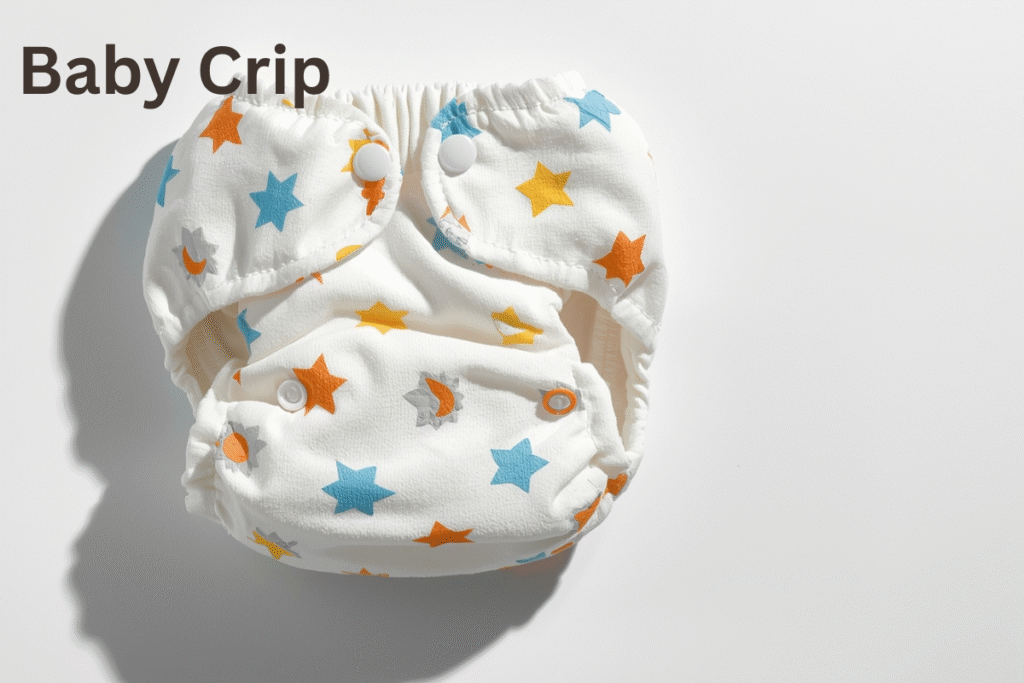
Final Thoughts on the Top Picks
There’s no “one-size-fits-all” diaper — what works perfectly for one baby might not be suitable for another. Factors like skin sensitivity, baby size, activity level, budget, and eco-priorities all influence the best choice.
Pampers Swaddlers and Huggies Little Snugglers are top picks for reliability and comfort. Honest Company, Bambo Nature, and Dyper lead the pack in eco-friendliness, while Luvs and Mama Bear provide great budget options.
No matter which brand you choose, always monitor how your baby reacts and adjust if needed. A comfortable, dry, and happy baby makes parenting a whole lot easier! Best Baby Diaper
Types of Baby Diapers Available in the USA
The U.S. diaper market is rich with variety, Best Baby Diaper giving parents a wide range of choices to meet their baby’s unique needs. Understanding the different types of baby diapers available can help you make a more informed and confident decision. Best Baby Diaper
Here are the main types of baby diapers you’ll find in the USA:
1. Disposable Diapers
Most common type — found in nearly every household. Best Baby Diaper
- Pros: Convenient, widely available, easy to use, good absorbency
- Cons: Not eco-friendly, recurring cost
- Best For: Busy parents who want hassle-free changes
Top Brands: Pampers, Huggies, Luvs
2. Cloth Diapers
Made of reusable fabric like cotton or bamboo, cloth diapers can be washed and reused.
- Pros: Environmentally friendly, cost-effective in the long run, gentle on skin. Best Baby Diaper
- Cons: Require washing, more time-consuming, bulky fit. Best Baby Diaper
- Best For: Parents who are eco-conscious and have time for laundry. Best Baby Diaper
Types of cloth diapers include:
- Prefolds: Foldable rectangular cloths with separate covers
- Fitted Diapers: Shaped like disposables but need a waterproof cover
- All-in-Ones (AIOs): Built-in absorbency and waterproof layer
- Pocket Diapers: Absorbent insert placed in a pocket sewn inside
Popular Brands: GroVia, BumGenius, Thirsties
3. Eco-Friendly Disposable Diapers
A hybrid between the convenience of disposables and the sustainability of cloth. These are made with biodegradable materials, fewer chemicals, and sustainable production processes.
- Pros: Safer for baby’s skin, better for the planet
- Cons: More expensive than regular disposables
- Best For: Parents who care about sustainability but want convenience
Popular Brands: The Honest Company, Dyper, Bambo Nature, Seventh Generation
4. Training Pants / Pull-Ups
Designed for toddlers during the potty-training stage.
- Pros: Easy to pull on/off, good for independence
- Cons: Not suitable for newborns or younger babies
- Best For: Toddlers transitioning from diapers to underwear
Popular Brands: Pampers Easy Ups, Huggies Pull-Ups
5. Swim Diapers
These are made for use in pools or beaches and don’t swell in water.
- Pros: Contain solid waste without absorbing water
- Cons: Not suitable for regular use, only for swim time
- Best For: Babies and toddlers during swimming sessions
Popular Brands: Huggies Little Swimmers, Pampers Splashers
Final Tip:
When choosing a diaper type, consider your baby’s age, skin sensitivity, your lifestyle, and budget. Some parents even use a mix—cloth at home and disposables while traveling.
How to Choose the Best Baby Diaper for Your Baby
With so many options on the market, choosing the best diaper for your baby can feel like solving a puzzle. But once you understand what to look for, the decision becomes much simpler — and smarter. Here are the key factors to consider when selecting the right diaper for your little one:
1. Absorbency
The primary function of any diaper is to keep your baby dry. A good diaper should lock in moisture and prevent leaks for several hours.
- Check for: Multiple absorbent layers, fast-drying core, overnight protection claims
- Pro Tip: For heavy wetters or nighttime use, look for high-absorbency or overnight diapers like Pampers Baby Dry or Huggies OverNites.
2. Fit and Size
A diaper that fits well will prevent leaks, reduce chafing, and allow your baby to move freely.
- Sizing Guide: Diaper sizes are typically based on baby’s weight, not age
- Signs it doesn’t fit: Red marks on the waist/legs, frequent leaks, sagging or gaping
- Pro Tip: Always size up if your baby is between sizes or if leaks become frequent
3. Skin Sensitivity
If your baby has sensitive skin, you’ll want diapers made from hypoallergenic and fragrance-free materials.
- Look for: No chlorine, latex, lotions, or perfumes
- Best Choices: Bambo Nature, Seventh Generation, Honest Company, Hello Bello
- Pro Tip: Always do a patch test with a new diaper brand to observe any reaction
4. Materials and Safety
The material used in the diaper directly affects comfort and safety.
- Avoid: Harsh chemicals, dyes, and strong fragrances
- Go for: Soft, breathable, dermatologically tested materials
- Eco Tip: Consider bamboo-based or biodegradable materials if you’re eco-conscious
5. Lifestyle and Budget
Different lifestyles call for different diaper choices.
- Busy parents: Disposable diapers offer convenience and time savings
- Eco-conscious families: Cloth or eco-friendly disposables are better aligned with your values
- Tight budgets: Affordable yet reliable brands like Luvs or Mama Bear can be great options
- On-the-go: Travel-friendly diapers that are lightweight and leak-proof will help keep things clean
6. Baby’s Age and Activity Level
- Newborns: Require soft, gentle diapers with wetness indicators and umbilical cord cutouts
- Crawlers/Walkers: Need more flexible and snug-fitting diapers to stay in place during movement
- Toddlers: Might need training pants or high-absorbency overnight options
7. Extra Features That Matter
Small design features can make a big difference.
- Wetness indicator: Color-changing line that signals when the diaper is wet
- Elastic waistbands: Provide a better fit and prevent leaks
- Stretchy tabs: Allow for easy and snug closure
- Cute prints: Not essential, but a fun bonus!
Final Thoughts
Choosing the best diaper is all about finding the right balance between comfort, absorbency, skin safety, convenience, and cost. Every baby is different, so don’t be afraid to try a few options before settling on the one that works best for your family.
Remember: the “best diaper” is not necessarily the most expensive — it’s the one that keeps your baby dry, happy, and rash-free.
Tips for Using Diapers Effectively
Choosing the best diaper is just the beginning — proper use makes a big difference in your baby’s comfort and skin health. Here are some practical tips for getting the most out of your diapers:
1. Change Frequently
Even the best diapers should be changed every 2–4 hours, or as soon as they’re soiled. Prolonged exposure to wetness can lead to diaper rash and irritation.
2. Keep Baby’s Skin Clean and Dry
Always gently wipe your baby’s diaper area with soft wipes or warm water. Pat dry before putting on a fresh diaper.
3. Use Diaper Cream When Needed
Apply a barrier cream (like zinc oxide) to prevent or treat diaper rash. It’s especially helpful during teething or when your baby has loose stools.
4. Choose Nighttime-Specific Diapers for Sleep
Babies often sleep longer stretches at night, so use diapers designed for overnight absorbency to avoid leaks and disturbances.
5. Dispose Properly
For disposable diapers, wrap and discard responsibly. For cloth diapers, rinse solids and store in a dry pail before washing.
6. Keep a Diaper Bag Stocked
Always carry extras when on the go — diapers, wipes, cream, and a change of clothes.
Common Mistakes Parents Make When Buying Diapers
Even experienced parents sometimes fall into common traps when shopping for diapers. Here’s what to avoid:
1. Choosing the Wrong Size
Diaper size is based on weight, not age. If your baby is experiencing leaks, it might be time to size up (or down).
2. Ignoring Skin Reactions
Some babies are sensitive to dyes, fragrances, or materials. Always observe any redness, rashes, or discomfort after trying a new brand.
3. Buying in Bulk Too Soon
Buying a big box before testing a new brand can lead to waste if it doesn’t suit your baby. Always try a small pack first.
4. Overlooking Fit Features
A diaper that fits poorly can lead to leaks or blowouts. Look for stretchy sides, snug waistbands, and leg cuffs.
5. Focusing Only on Price
While budget is important, very cheap diapers may compromise on comfort or absorbency. Always balance cost with performance.
How many diapers does a baby use per day?
A newborn may use 8–12 diapers a day, while older babies may need 6–8. The number decreases as they grow.
Are expensive diapers always better?
Not necessarily. Many budget-friendly options like Luvs or Mama Bear offer excellent performance at a lower cost. It’s about fit and function more than price..
Can I mix cloth and disposable diapers?
Absolutely! Many parents use cloth at home and disposables while traveling for convenience.
How do I prevent diaper rash?
Absolutely! Many parents use cloth at home and disposables while traveling for convenience.
What’s the best diaper for overnight use?
Look for “overnight” diapers designed for long-lasting absorbency, such as Pampers Baby Dry, Huggies OverNites, or Bambo Nature Overnight
Conclusion: Which Diaper is Best for Your Baby?
There is no universal “best diaper” — the right choice depends on your baby’s needs, your lifestyle, and your priorities. Whether you prioritize absorbency, eco-friendliness, skin safety, or affordability, there’s a perfect fit out there for your family.
Here’s a quick recap:
- Newborns: Pampers Swaddlers, Huggies Little Snugglers
- Sensitive Skin: Bambo Nature, Honest Company
- Budget-Friendly: Luvs, Mama Bear
- Eco-Conscious: Dyper, Seventh Generation
- Active Babies: Huggies Little Movers, Pampers Cruisers
Take your time experimenting, observe your baby’s comfort, and don’t be afraid to switch if something isn’t working.
Because when your baby is dry, happy, and healthy — so are you.


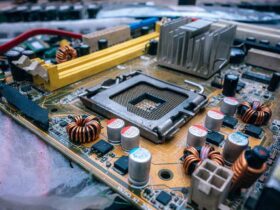
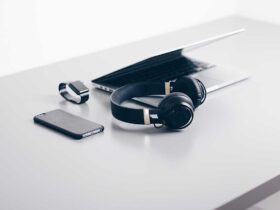

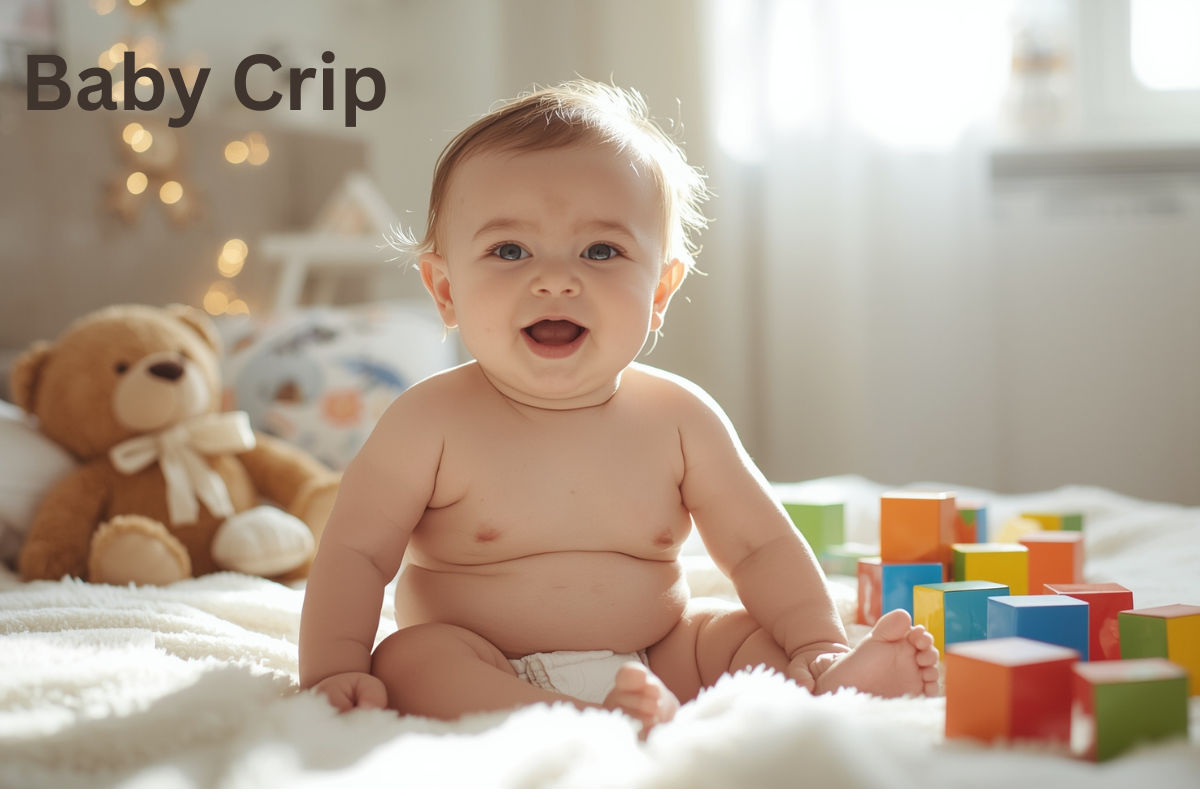

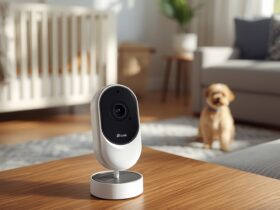
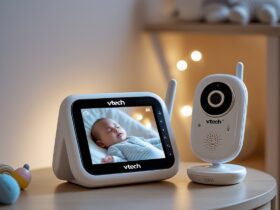

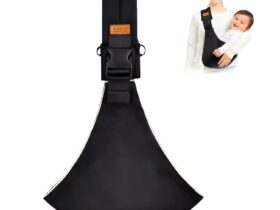
Leave a Reply